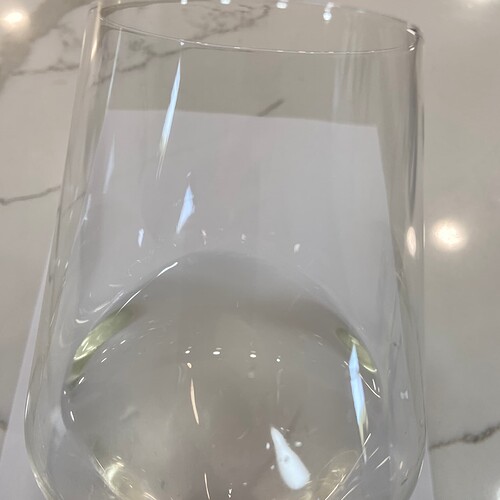Over twenty years ago there was a study suggesting that people cannot tell the difference between a red and white wine if tasting blind. Here is Calvin Trillin in the New Yorker reporting on it: The Red and the White | The New Yorker
The SWG got together recently and some of us were discussing this, and were a little skeptical (thinking for example that Riesling would be hard to confuse as a red wine (we had a few to taste that evening). Though we had a nice Marsanne that I started to think maybe I could see as being a red if I tasted it blind (??).
All of this is to ask, has anyone tried a blind tasting like this – and if so, how did you do the blind part? I know Riedel (and perhaps others) have black wine glasses, but that seems a bit excessive particularly if we are only thinking of one tasting of 10-15 people.
Curious to hear what your experience has been, if any, on this.
I have only done this at a very small scale at Valfaccenda in Roero with Luca Faccenda serving the wines, to my wife, myself and 2 young and upcoming winemakers in the region.
The wines were either Arneis or Nebbiolo. It was an interesting experience, but between knowing the winery, and the tannin of Nebbiolo, the answer was fairly clear.
Speaking of fairly clear, the wine in the image below is 100% Nerello Mascalese from Etna immediately separated from the skins and it sits on its lees for 8 months.
I think that the majority of berserkers would bat above .500 in blind tasting guessing the color, but you can certainly set something up to make that number lower.
I did a blindfolded red v white tasting six or seven years ago with non wine nerd friends because we were curious about this same study. While it is definitely true that you can get turned around more easily than you’d think, most folks got 6 to 8 of the 8 samples right. The couple people more interested in wine got 8/8. So the group average was much higher than 50/50 random guessing.
We did same service temp, random order, etc.
The tricky ones were an oaky California chard and a light red (maybe beaujolais) where you couldn’t just say “has tannin, thus red” and had to think about flavor profiles.
Put red food coloring in a white wine and it is perceived as having fuller body. I think it would be hard to confuse a Shiraz for a Chablis blind but have never tried. I can tell you I struggle to tell a syrah from a sangiovese from a tempranillo blind.
Thanks for all of the useful replied. And that is a pretty amazing Nerello Mascalese Joseph!
After thinking this through I am less inclined to spend the time and wine and calories on an experiment like this. I can see there could be some confusion depending on the grape, and perhaps someone saying the wine is red or white which may shift what we seek when we smell and taste; not to mention if food coloring is used which then shifts our perception of what we are tasting – but not sure much more would be learned other than what we already suspect!
1 Like
I’m a big fan of testing ideas through blind tastings, but in this instance, I’m not really sure what the exercise would tell you that is useful to you.
If you do, or you don’t, have great success picking the reds from the whites, what would be the use of that to you in either case?
Yes. That is pretty much my conclusion after very little thought!!
1 Like
I threw one of these in to an otherwise normal blind tasting once - without giving a lot of thought to what white might pass as red in any other way. For me at least it was quite hard to get a reasonable red color to result. Did my best but it was pretty obvious that there was something wrong with this pour LOL.
